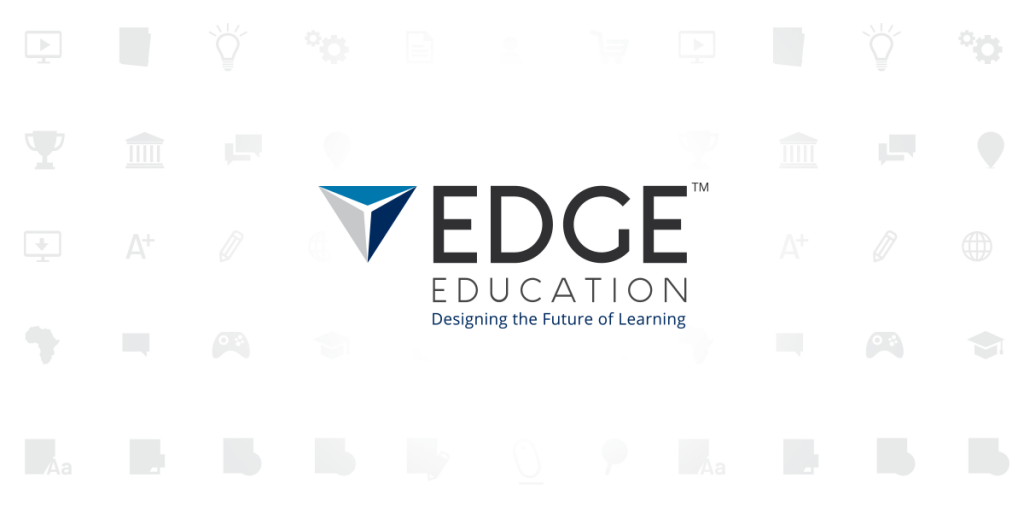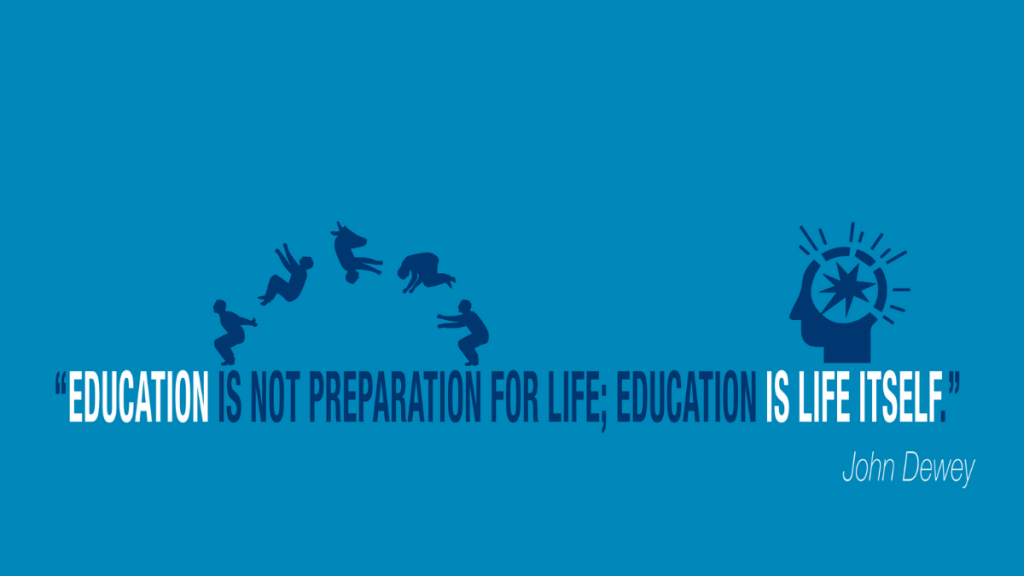Structuring an argument – Infographic

Good academic writing relies on a solid argument structure. In this infographic, our Academic Manager, Nadia Ellis, provides an overview of what an argument is, and outlines different approaches to structuring an argument successfully (click infographic to enlarge). Share this Image On Your Site <span data-mce-type=”bookmark” style=”display: inline-block; width: 0px; overflow: hidden; line-height: 0;” class=”mce_SELRES_start”></span></p><br […]
Using Graphics in Education – Infographic

In the Digital Age, we’re constantly receiving information in multiple forms – and the same is true for the educational space. As such, it’s vital to understand how the use of media, such as visuals, impacts the learning process. Well-designed educational graphics can increase engagement, foster understanding, and improve the learning experience. This infographic contains […]
Principles of Multimedia Learning Part 3: Managing Essential Processing

In multimedia learning, cognitive overload is the direct result of the learner being given too much information to process simultaneously. However, cognitive overload can be prevented by effectively managing the essential processing demands on the learner. In this infographic, we define essential processing and identify three principles of multimedia learning that can assist in managing […]
Principles of Multimedia Learning Part 2: Fostering Generative Processing

One of the key goals of the cognitive theory of multimedia learning is to foster generative processing. It is this form of processing that allows a student to make sense of the information they have consumed from their learning material. In this infographic, we will define generative processing and identify four principles of multimedia learning […]
Principles of Multimedia Learning Part 1: Reducing Extraneous Processing

When extraneous processing occurs in online learning, it can result in cognitive overload and severely hamper the effectiveness of multimedia learning. However, this type of processing can be reduced through effective instructional design techniques. In this infographic, we will define extraneous processing and identify five instructional design techniques that will help reduce it. Click […]
Essential Tips to Create Just-in-Time Online Training Material

Just-in-time learning behaviour has transformed how corporate entities are training their staff. This has created a need to modify training material, specifically for the purpose of just-in-time training. This approach can cut unnecessary costs, save valuable working hours, and improve the effectiveness of the training overall. Here are five tips for creating just-in-time training material:
5 Tips for Effective eLearning Videos

Video lectures and tutorials have gained popularity over the last decade, and most online courses will use a form of video instruction. Since videos are a vital tool in a course creator’s arsenal, it is essential to consider every design aspect. Poorly designed videos can decrease engagement and hinder learning. Here are five tips […]
Five ways to implement Gamification in online courses

The term ‘gamification’ refers to the inclusion of game-based elements into a specifically non-game context. It is the latest trend in corporate training and eLearning courses, due to its numerous benefits. Here are 5 simple design tips to implement gamification in an online course:


